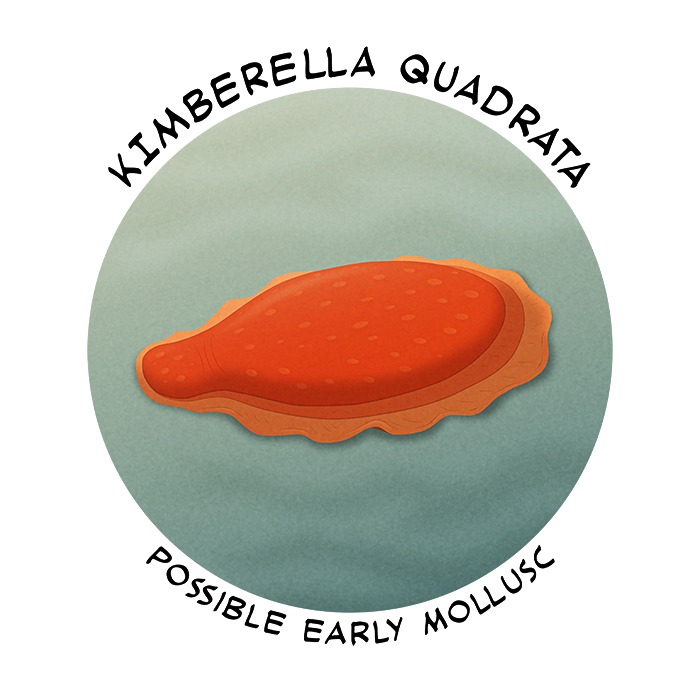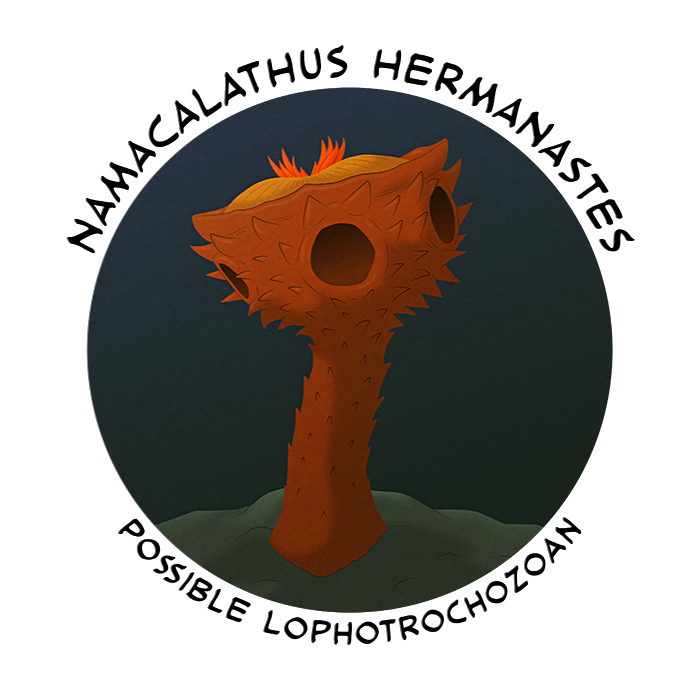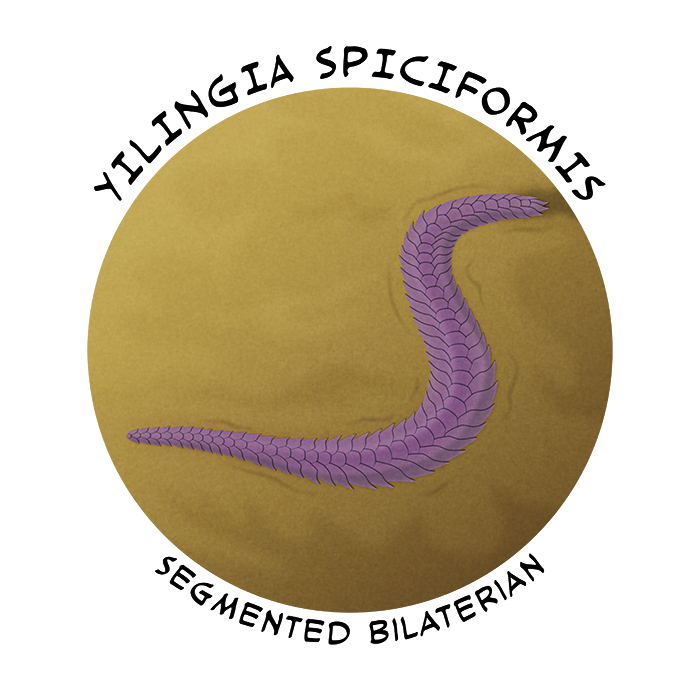It’s March, and that means it’s time for Cambrian Explosion Month!
(…Part 1, because this is a topic I can’t possibly fit comfortably into just 31 days. Part 2 will happen later this year.)
The start of the Paleozoic Era 541 million years ago is marked by what’s become known as the “Cambrian explosion” – a time of rapid evolutionary diversification when representatives of most known animal phyla first appear in the fossil record.
For a long time some of the creatures from this period were seen as mysterious alien-looking fossil weirdos, barely seeming to make anatomical sense and unable to be classified into any known animal groups. Some paleontologists even proposed they represented an entirely separate branch of the animal evolutionary tree, regarding them as “failed experiments” that had left no living relatives at all.
But, slowly, we’ve been piecing together the evidence and figuring out their relationships, studying exceptionally well-preserved fossils and the genetic connections between modern-day animals. And gradually many of the bizarre fossil species are starting to find their places in the tree of life as evolutionary “cousins” of modern groups, novel early branches of more familiar lineages that are giving us more insight into their origins.
It isn’t clear what actually prompted the sudden innovation of the Cambrian Period, but it was probably a combination of various environmental and ecological factors – including changes in oxygen levels, the formation of the ozone layer, early burrowing animals altering the aeration and chemistry of the seafloor, the development of biomineralization, and increasingly complex “arms races” between predators and prey.
It’s also looking increasingly likely that it wasn’t really an isolated “explosion” at all, instead being one of multiple pulses of rapid diversification that started further back in the Ediacaran Period.
Cambrian Explosion Month #01: The Explosion Before The Explosion
An evolutionary burst known as the Avalon explosion around 575 million years ago produced a range of weird unidentifiable fossil creatures – the strange Ediacaran biota – many of which seem to defy classification and have often been considered to be early “failed experiments” in multicellular life.
…That sounds awfully familiar, doesn’t it?
Our understanding of the Ediacaran has recently been echoing our history of understanding the Cambrian, and we’ve even been starting to figure out that some of these bizarre creatures weren’t quite so alien as they first seemed. A few of them are now revealing their evolutionary connections to early animal life, and showing that some groups go back much further than previously thought.

Ikaria wariootia was a tiny worm-like creature the size of a grain of rice, up to 7mm long (0.25″). Discovered in the South Australian Ediacara Hills fossil site that gives the entire time period its name, and dating to 555 million years ago, it was probably an early bilaterian animal that burrowed around in thin layers of sand on the seafloor.

Kimberella quadrata was another early bilaterian known from Australia and northwest Russia, living around 558-55 million years ago. It was about 15cm long (6″) and vaguely resembled a slug, and it may have actually been a very early member of the mollusc lineage – some interpretations consider it to have had a radula-like feeding structure and a leathery “shell”.

Namacalathus hermanastes is known from Namibia 549-542 million years ago. About 5cm tall (2″), it was an odd-looking creature shaped like a “cup on a stalk”, lightly calcified and covered in spines, with six “holes” around the outside of its body. While in the past it’s been compared to cnidarian polyps, more recent studies suggest it was actually an early lophotrochozoan – related to the ancestors of annelid worms, molluscs, bryozoans, and brachiopods.

Yilingia spiciformis was a segmented worm-like bilaterian that may have been related to either annelids or panarthropods. Living in South China during the late Ediacaran and earliest Cambrian, between 551-539 million years ago, this animal reached up to 27cm long (10.5″) and was found fossilized at the end of its own trackway.
